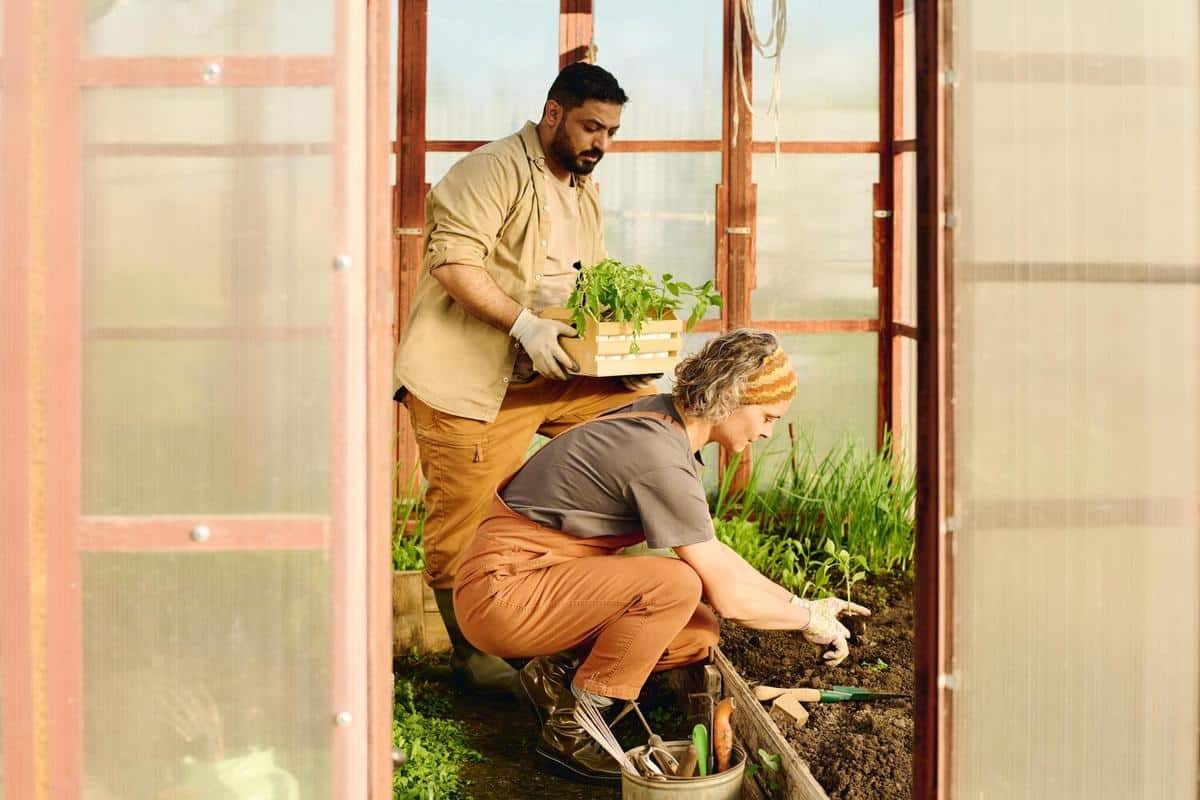
Urban Gardening: Growing Your Own Food in Small Spaces
Amid the concrete jungles of our cities, a green revolution is quietly taking root—urban gardening. This practice is transforming rooftops, balconies, and small patios into thriving green spaces, offering city dwellers a sustainable way to grow their own food even in the tightest of spaces.
Urban gardening is more than just a trend; it’s a movement towards sustainability and self-sufficiency. According to the Food and Agriculture Organization of the United Nations, urban agriculture can significantly contribute to food security, providing fresh produce right where it’s needed most. In cities where space is a premium, innovative approaches to gardening are essential.
Benefits of Urban Gardening
Urban gardening offers numerous benefits beyond fresh produce. It helps reduce carbon footprints by minimizing the need for long-distance food transportation and supports biodiversity in urban areas. Moreover, gardening can improve mental health by providing a therapeutic escape from the hustle and bustle of city life.
“Gardening is a gateway to mindfulness,” says Dr. Charles Ellis, a horticultural therapist. “It connects us with nature and offers a sense of accomplishment and peace.”
Innovative Solutions for Small Spaces
With limited space, urban gardeners need to be creative. Here are some strategies:
- Vertical Gardening: Use walls and fences to grow plants upward, maximizing space and sunlight exposure.
- Container Gardening: Perfect for balconies, containers can house a variety of vegetables and herbs.
- Hydroponics: This soil-less method allows for efficient water use and rapid plant growth, ideal for indoor settings.
Getting Started: From Seed to Table
Starting an urban garden can be simple. Begin with easy-to-grow plants like herbs, lettuce, and radishes. Ensure you have suitable containers and quality soil. Regular watering and sunlight are crucial, so place your garden where it can soak up the sun.
Urban Gardening Success Stories
Consider Emily, a city dweller who transformed her small balcony into a lush vegetable garden. “I started with a few pots of herbs,” Emily shares. “Now, I harvest tomatoes, cucumbers, and even strawberries right outside my door.” Her success story highlights the potential of urban gardening to enhance lifestyle and health.
Essential Tools and Resources
| Tool | Purpose |
|---|---|
| Hand Trowel | For planting and transferring soil |
| Pruning Shears | To trim plants and remove dead growth |
| Watering Can | For controlled watering |
| Garden Gloves | To protect hands |
| Grow Lights | Supplement light for indoor plants |
| Compost Bin | Recycle organic waste |
| Vertical Planter | Maximize vertical space |
| Garden Fork | Loosen and aerate soil |
Frequently Asked Questions
What are the easiest plants to grow for beginners?
Herbs like basil and mint, along with leafy greens such as lettuce and spinach, are great for beginners.
How much sunlight do urban gardens need?
Most vegetables and herbs require at least 6-8 hours of sunlight per day.
In conclusion, urban gardening is a practical and rewarding way to embrace sustainable eating and improve your quality of life. By utilizing innovative techniques and embracing the space you have, you can cultivate your own oasis of fresh, healthy food. So, grab your gloves and start planting—your urban garden awaits!


